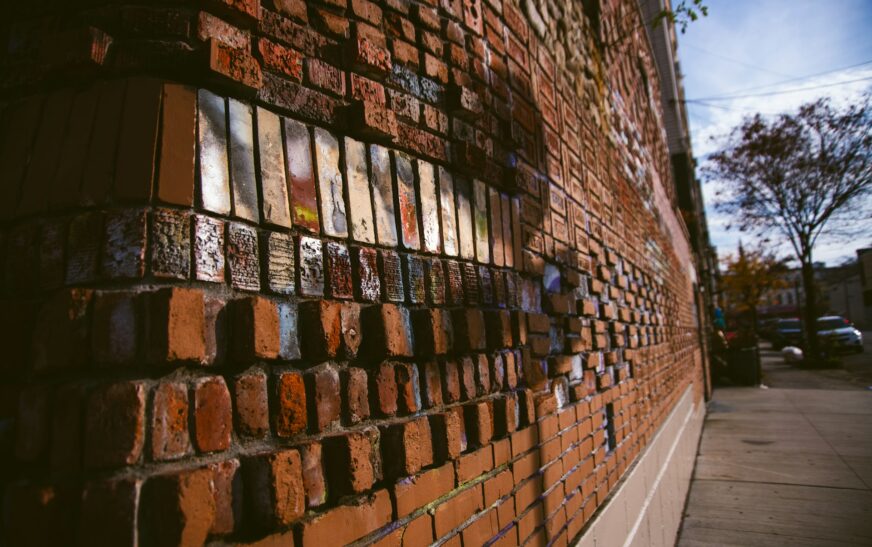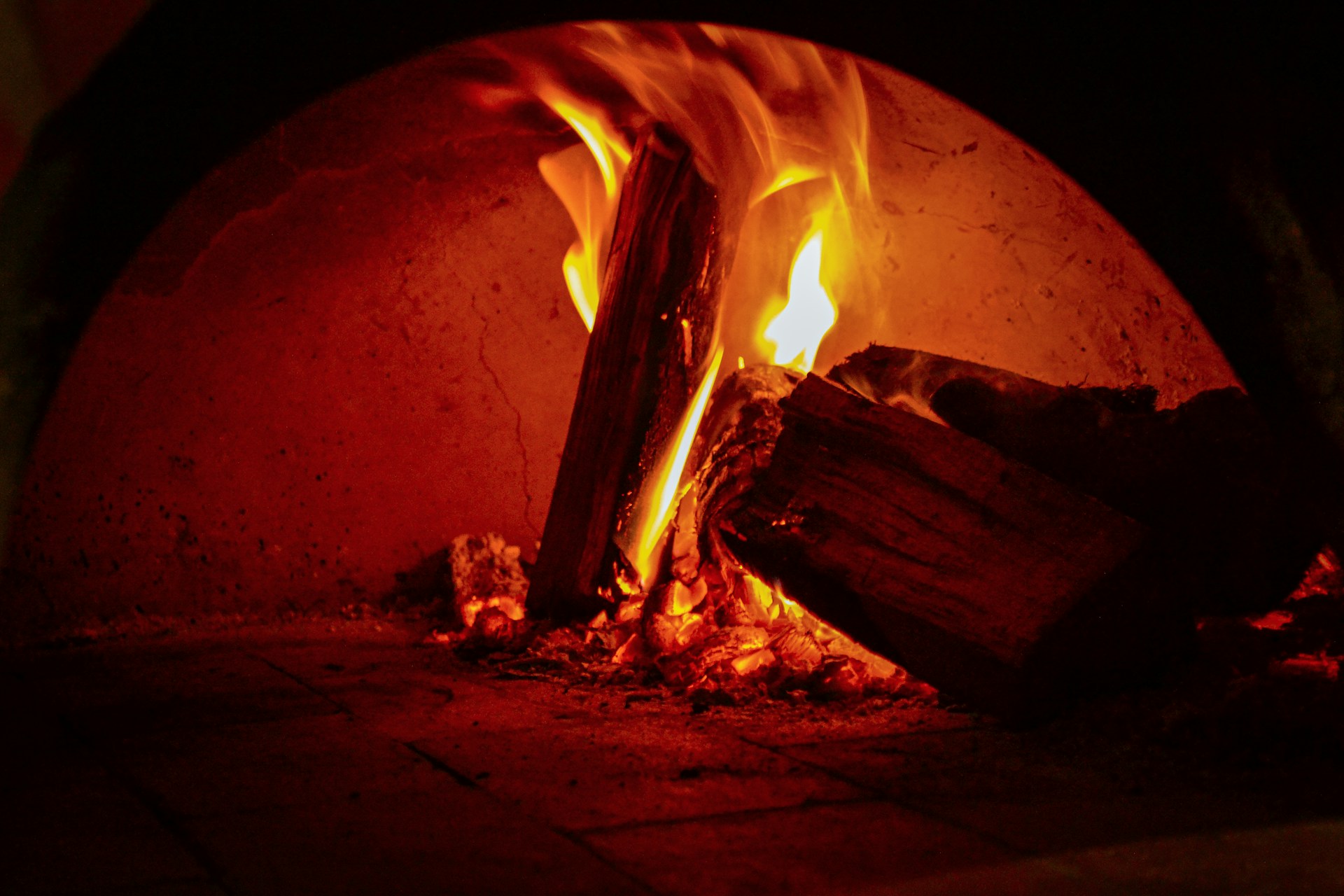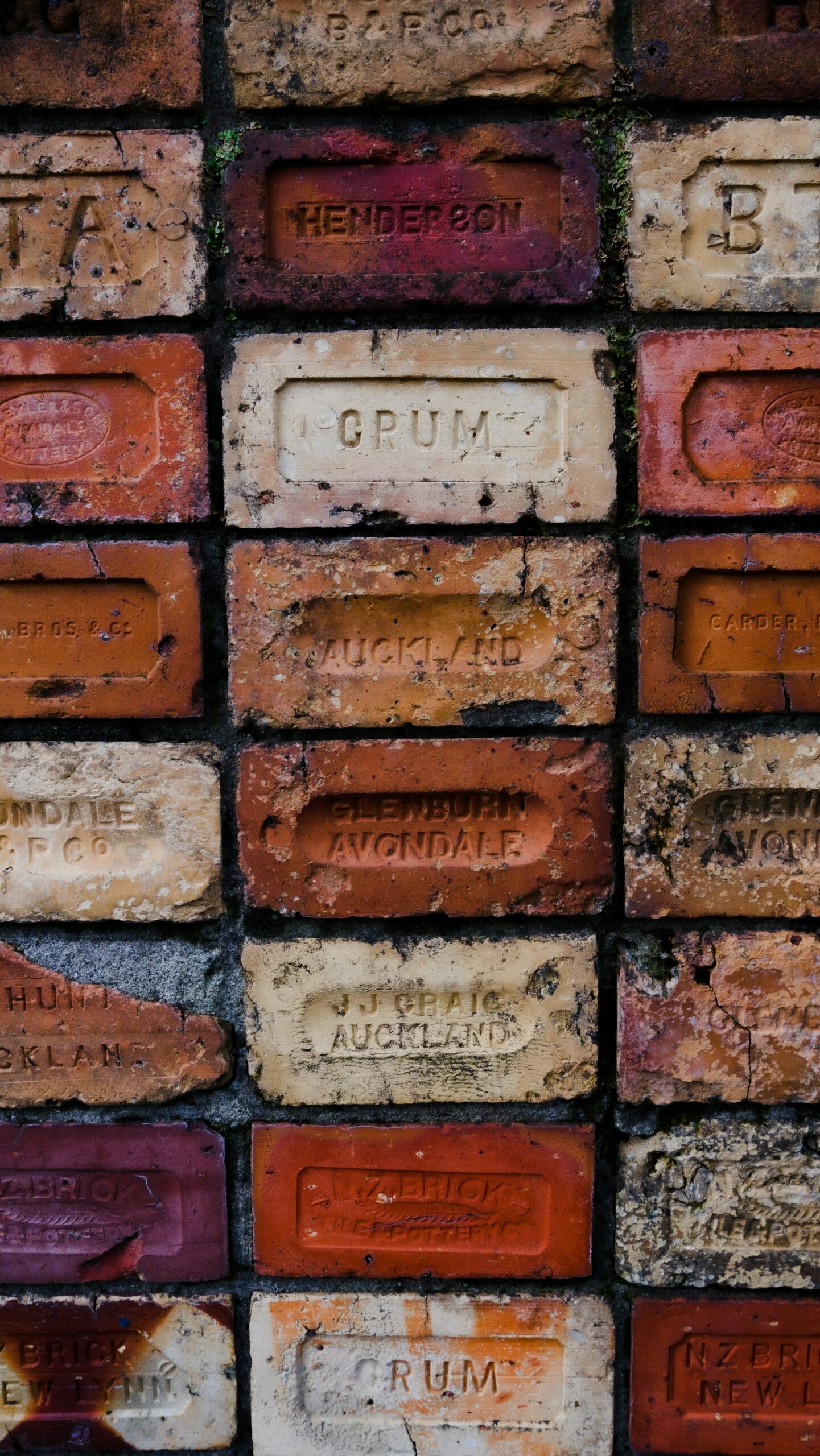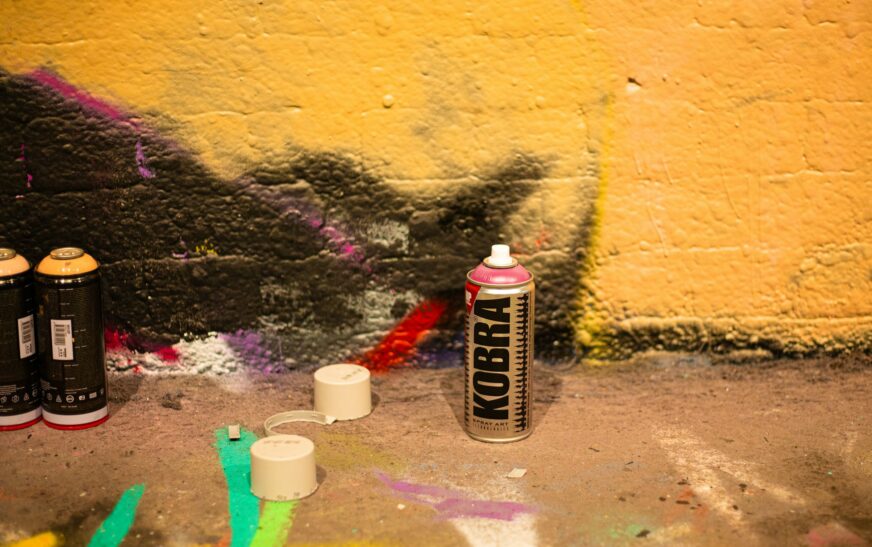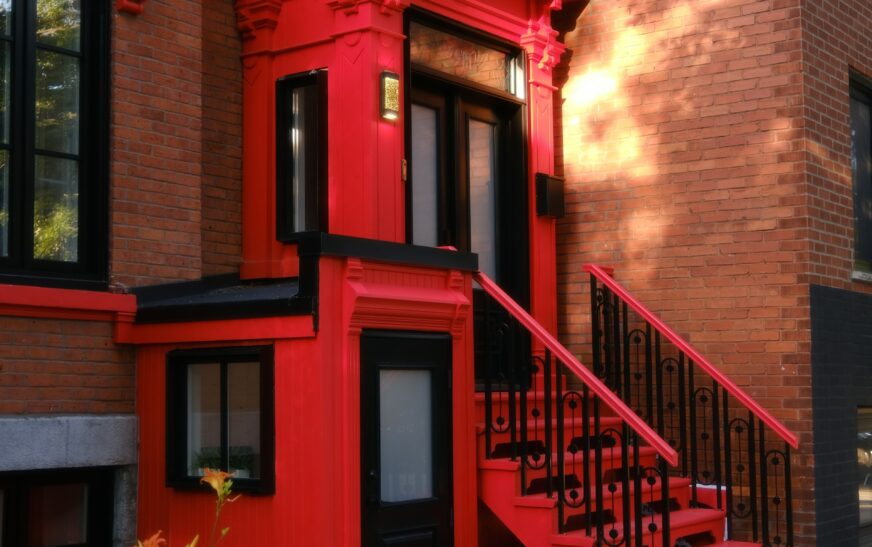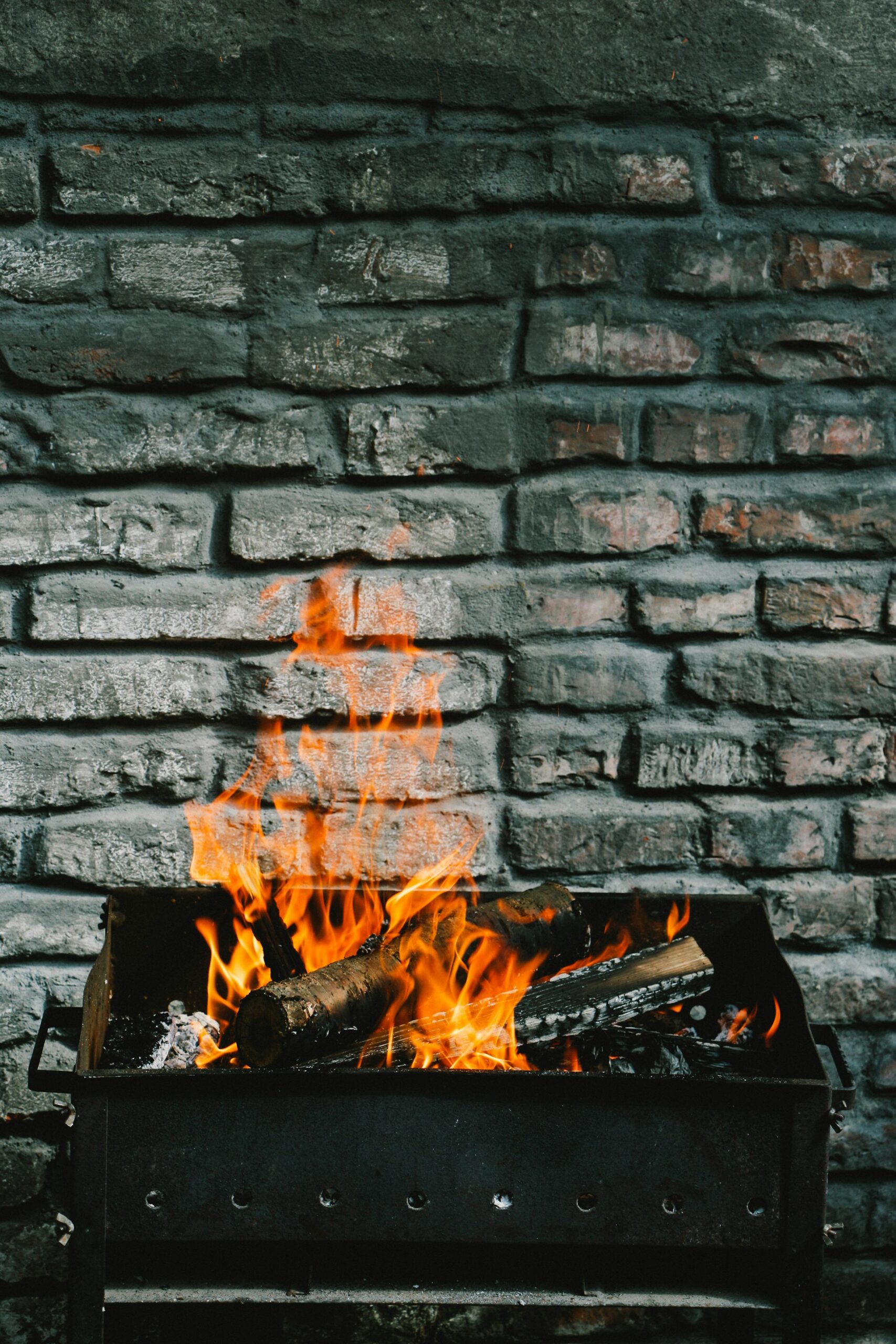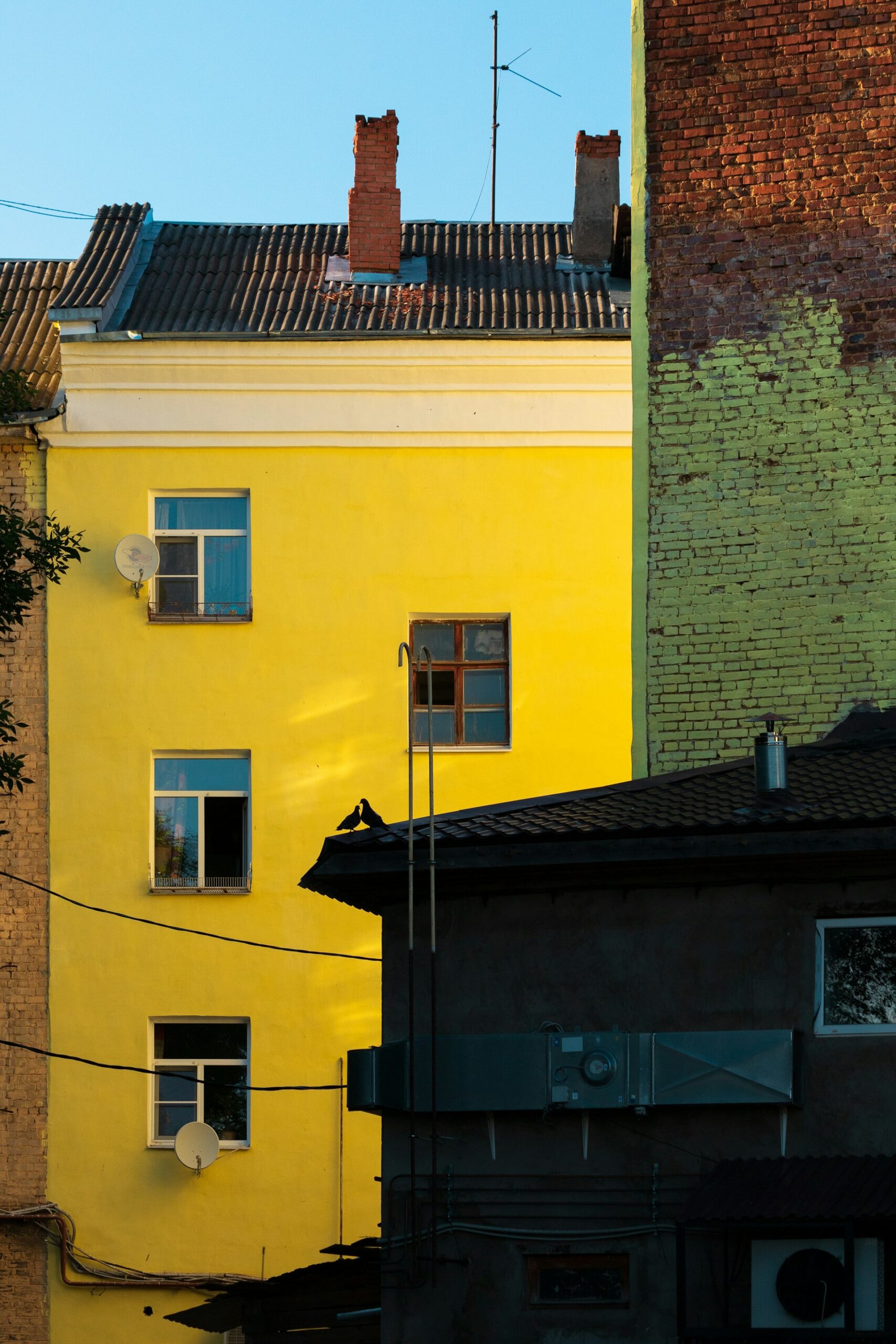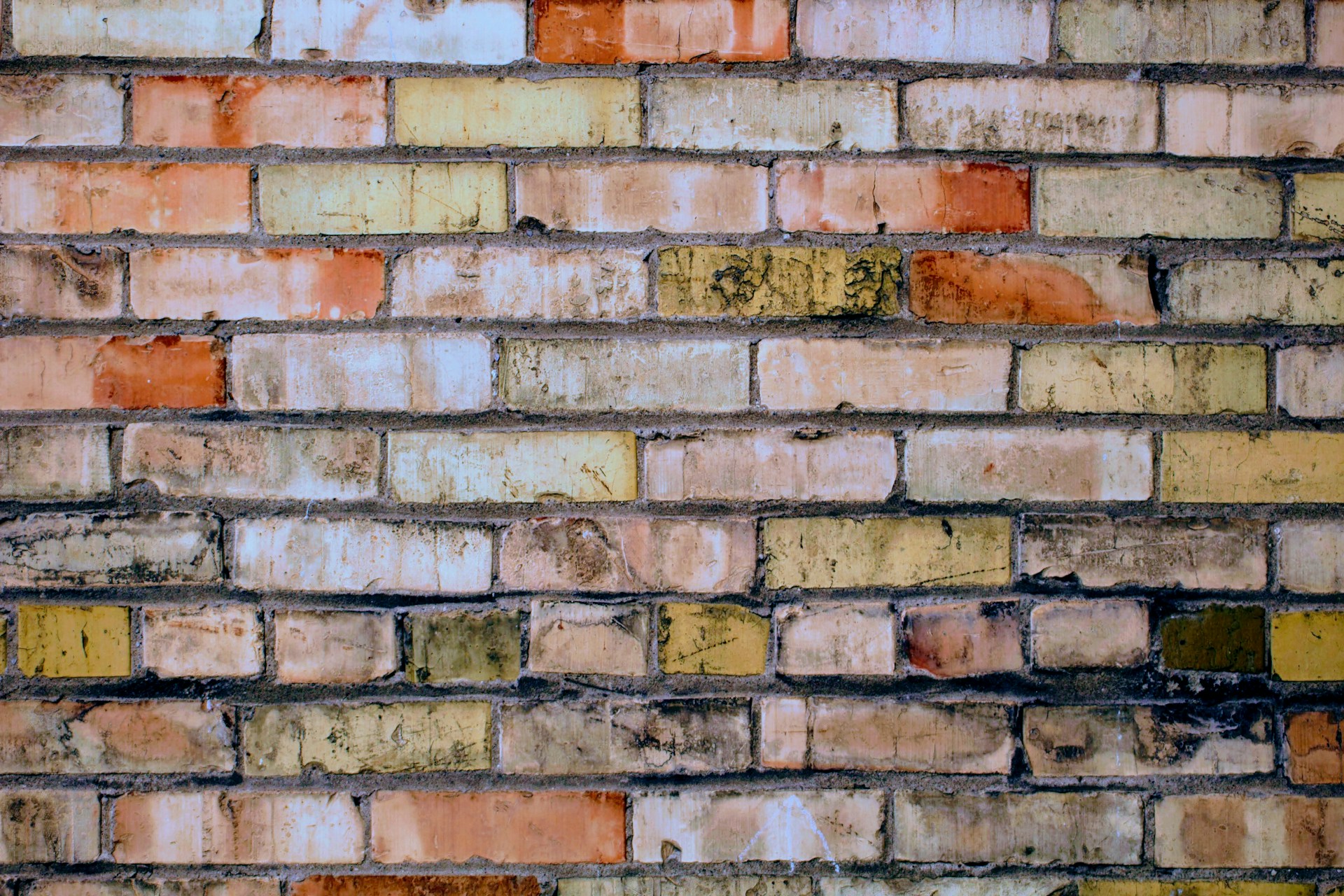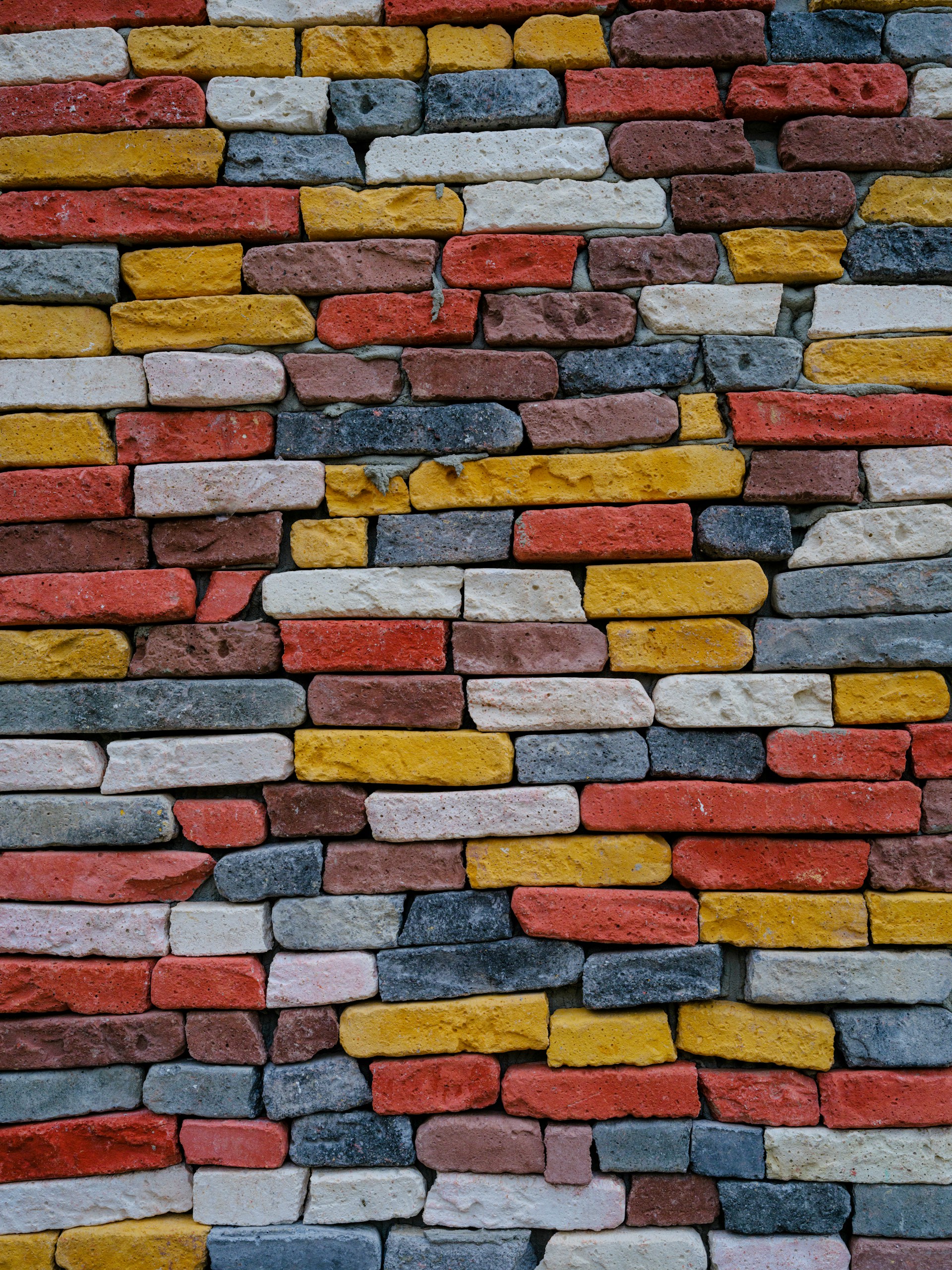It’s a question that seems simple at first glance: Can you paint brick pavers?
The short answer: yes. The longer, more important question: should you?
Painting brick pavers might sound like a quick way to refresh a faded patio, jazz up a walkway, or tie your landscaping into a new color scheme. And in the right scenario, it can absolutely do that. But here’s the catch—brick is porous, textured, and a little unpredictable. That means painting pavers isn’t just about cracking open a can of paint and calling it a day.
Let’s dive into what it really takes to paint brick pavers—and whether it’s the best choice for your outdoor space.
Yes, You Can Paint Brick Pavers—But Read This First
Brick pavers are made from clay or concrete, naturally porous materials that give them rustic charm and slip resistance. The downside? They absorb moisture, dirt, and yes…paint.
Skip the prep or use the wrong materials, and your freshly painted pavers could peel, chip, or crack—not immediately, but eventually. Most pros treat painting pavers as a specialized project, not a casual weekend DIY.
Benefits of Painting Brick Pavers
When done thoughtfully, painting pavers can bring some real perks:
1. Visual Uniformity
Years of foot traffic, stains, or mismatched tones? A fresh coat of paint can hide it all. It can modernize your space, tie together outdoor elements, and even make small patios feel more open.
2. Customization
Want crisp slate gray or bold terra cotta? Paint lets you control the tone and style in a way unpainted pavers can’t. Your patio, your rules.
3. Enhanced Light Reflection
Light-colored pavers brighten shady patios, making evening gatherings feel cozier and visually enlarging smaller areas.
But Be Cautious—Here’s What You’re Up Against
Painting pavers isn’t risk-free. Without proper prep and product, disappointment lurks around every corner:
1. Moisture Retention
Brick pavers need to breathe. Trapping moisture can cause peeling paint, white mineral deposits (efflorescence), or even damage to the pavers themselves.
2. Frequent Maintenance
Painted pavers aren’t “set it and forget it.” High-traffic areas like driveways will wear faster. Touch-ups or repainting every couple of years is par for the course.
3. Slippery When Wet
Some finishes can become slick. Opt for non-slip additives or textured masonry paint to keep everyone from doing an unplanned slip ‘n slide.
The Right Way to Paint Brick Pavers
If you’re ready to go for it, here’s how to do it properly:
- Clean Thoroughly – Pressure wash or scrub away dirt, moss, grease, and old sealants. Paint won’t stick to a dirty or sealed surface.
- Allow Time to Dry – Let pavers dry completely (24–48 hours, depending on humidity and sun). Moisture is the enemy.
- Choose the Right Paint – Use breathable masonry or concrete paint with UV protection and alkali resistance for longevity.
- Apply a Primer (If Recommended) – Some pavers benefit from a masonry primer, especially if porous or chalky. Follow manufacturer guidance.
- Apply Paint with a Sprayer or Roller – Thin, even coats work best. Two coats beat one thick layer every time.
- Seal It – Finish with a clear, breathable sealant. A matte or low-gloss option keeps it natural-looking and safe underfoot.
Read More : Should I Paint My Brick House? Here’s What You Need to Know
Alternatives to Painting Brick Pavers
Not convinced painting is the right move? Consider:
- Staining: Lets natural texture and variation shine through while updating the color.
- Sealing: Enhances color and protects without drastically changing the surface.
- Replacing: If pavers are badly worn or mismatched, replacement might be the smarter long-term solution.
Painting brick pavers can be a game-changer for your patio or walkway—but only if you understand the commitment. Done right, it’s a visual upgrade that lasts. Done wrong, it’s peeling, cracking frustration waiting to happen.

